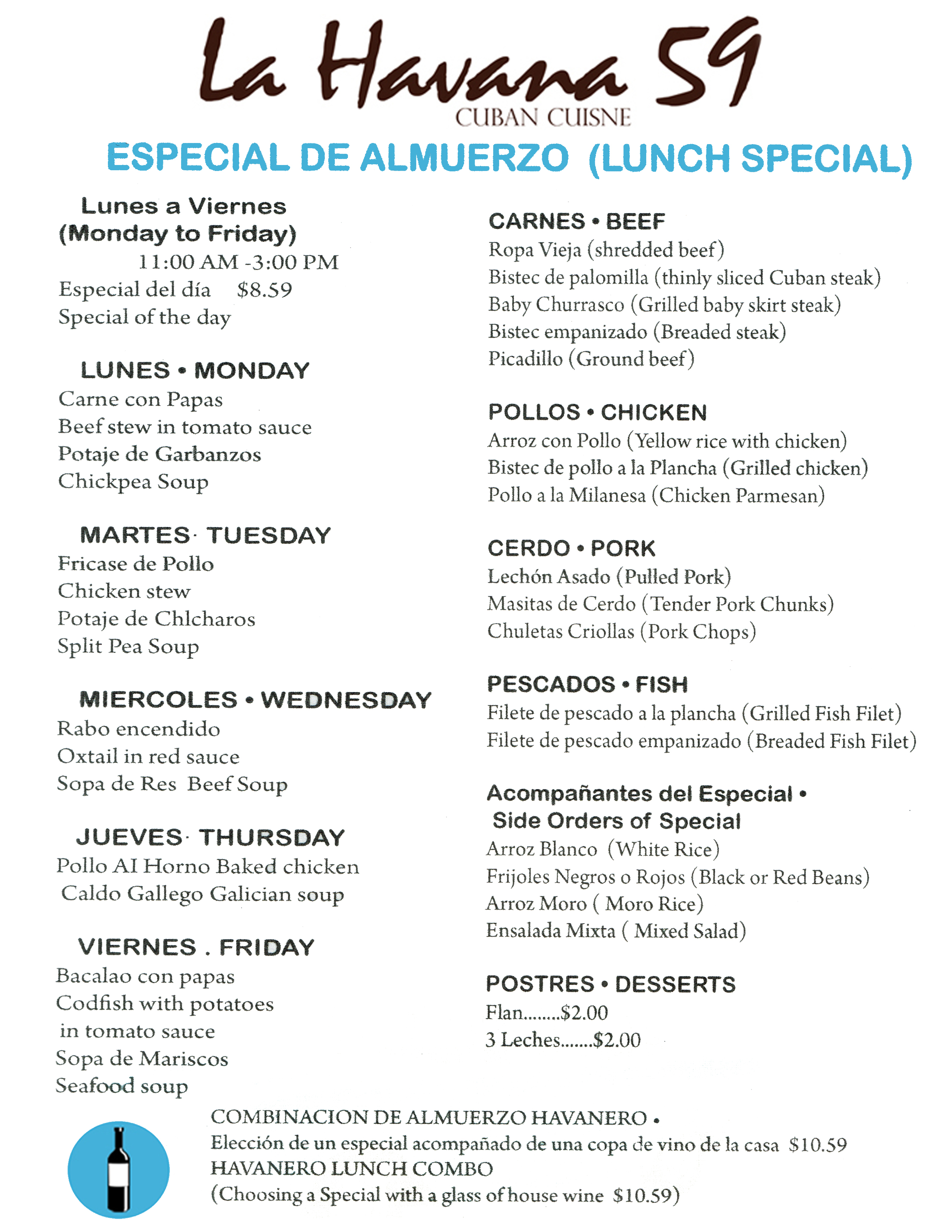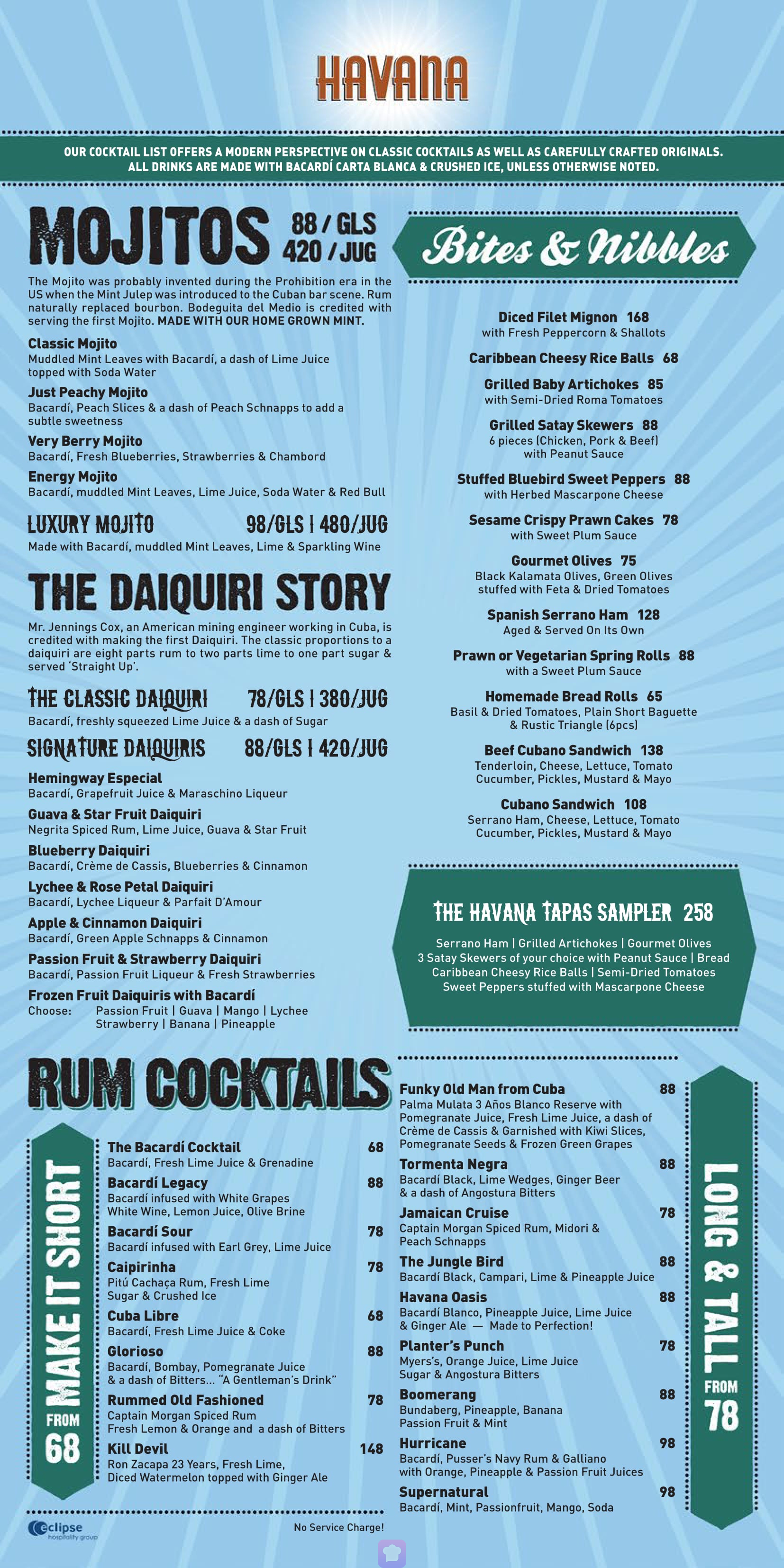

“People did believe, but you couldn’t say anything because it was politically prohibited by Marxism. Meanwhile, Santería practitioners pulled from the same tools they used to survive in earlier centuries. Religion, famously described by communist philosopher Karl Marx as “the opium of the people,” was strictly prohibited.Ĭatholicism, highly dependent on meeting in churches and on hierarchy, withered. What is clear in the altars dotting homes across the island and the many Cubans in Havana cloaked in white – worn by santeros their first year after converting to represent rebirth – is that Santería has captured the Cuban consciousness.įollowing the Cuban revolution in the 1950s, Fidel Castro dismantled religious structures and expelled the priests who criticized his government. Commission on International Religious Freedom estimates 70% in Cuba practice some version of Santeria or similar African-based religions. Millions worldwide are estimated to practice Santería, though definitive numbers – especially in Cuba – are hard to pin down due to the religion’s informal nature. Because we know the struggles we face in this country,” Arrazcaeta said. “It’s something that’s very Cuban, something spontaneous that we do. In exchange, they ask for good health, strength during hardship, and even luck in love. On one Friday night, Arrazcaeta, family and friends splay out offerings of coconut and red Cuban pesos emblazoned with the face of Che Guevara, sacrificing two chickens over bowls filled with rocks and seashells. While there are hundreds of orishas in Santería, practitioners known as santeros usually worship only a handful, connecting with them through rituals and offerings. “That’s how the religion was able to survive.” “It would mix and mix … through this Catholic virgin, they would speak to their African saints,” explained Roberto Zurbano, a Cuban cultural critic. While the Spanish tried to force Catholicism on these enslaved people, the Africans brought their own religions, mostly from West Africa, which they would camouflage by attaching their deities - orishas - to Catholic saints.Ĭuba’s patron saint, Our Lady of Charity, for example, blended with the golden deity, Oshun. The religion dates back centuries to when Spanish colonists brought in hundreds of thousands of enslaved Africans. Santería was born as a form of quiet resistance among the island’s Black communities. “Right now, Santería in the country is a sort of bastion.”

“Every day the religion grows a little more,” Mandy Arrazcaeta, 30, said among the throngs of people in his home dancing and making offerings at the altar to a plastic doll depicting the Yoruba deity Yemayá.


 0 kommentar(er)
0 kommentar(er)
